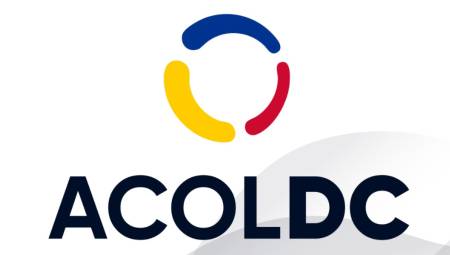 Colombia. The dollar affects the economy in general and ICTs have not been oblivious to the blow. Many technology companies rely on platforms and suppliers abroad, and the increase in costs has this sector in trouble. The devaluation of the Colombian currency is estimated at 36% in the last 12 months, meaning an increase in costs for those who must buy abroad to offer their services in Colombia.
Colombia. The dollar affects the economy in general and ICTs have not been oblivious to the blow. Many technology companies rely on platforms and suppliers abroad, and the increase in costs has this sector in trouble. The devaluation of the Colombian currency is estimated at 36% in the last 12 months, meaning an increase in costs for those who must buy abroad to offer their services in Colombia.
According to Gerardo Aristizábal, MI.COM.CO Manager, official registrar of domains, hosting and email for Colombia, technology companies have many costs associated with the dollar. From servers abroad, through direct providers and even the value of advertising on platforms such as Google or Facebook. All of these costs have increased dramatically, affecting local tech companies in some way. It is strange to find a technology company that does not have accounts in dollars because of the great globalization that this sector has had in recent years.
According to Aristizábal, the problem is deepening, because at the local level there is no offer that can replace international suppliers. Local server providers are not competitive with services such as Amazon, Google or Azzure, and sometimes there is not even a national alternative.
"For MI.COM.CO, the cost of domain registration has made a price adjustment mandatory for consumers. Many customers have expressed their dissatisfaction with price volatility, and the number of registrations has decreased accordingly. Some have even decided to contract with companies abroad so as not to have to deal with the volatility of prices in Colombia, even if it costs them the same," said the executive.
This situation is affecting the development of the local technology industry because the costs associated with starting an application, an Internet page, a technology service or even those associated with advertising it through social networks and search engines have increased, raising costs for entrepreneurs and entrepreneurs.
The truth is that the volatility of the dollar puts in trouble those who have to depend on it, but it also opens the opportunity for a few local technology companies that can offer their services in Colombian pesos and do not depend to a large extent on the variations of the dollar. It is likely that some will be able to take advantage of the situation to capture part of the market that today prefers to hire their services to foreign companies. If the dollar is to stay above 3,000 pesos, Colombian consumers must get used to much higher prices than they paid a year ago for a wide variety of technological services.









































































































